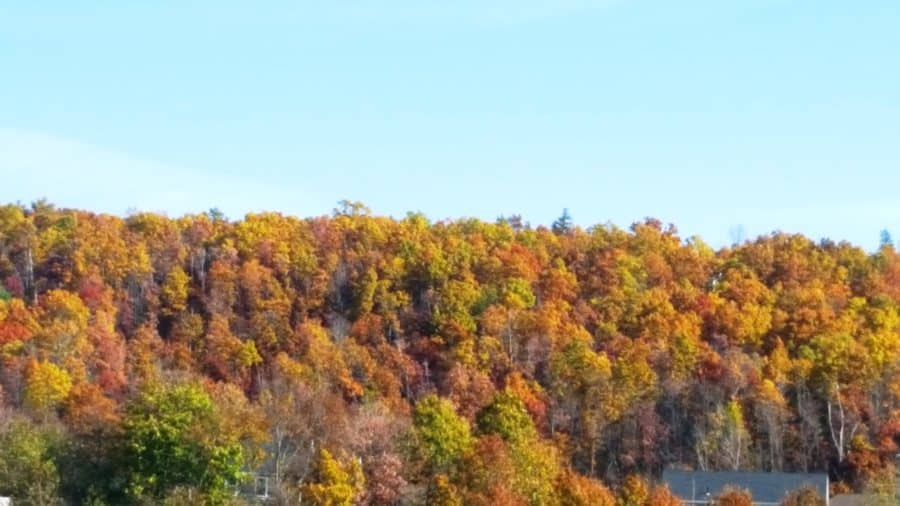Summer officially arrives this weekend! The official solstice takes place on June 21st at 12:38pm. The longest day of the year will last for 15 hours and 16 minutes. Ahhh, remember that not that long ago we were desperately waiting for long summer days? It was a long, cold, snowy winter and the only thing that could keep us going was the thought that eventually summer would be here. Now, after several weeks of hard work, it is time to enjoy our gardens. Everything has been weeded (well, at least once) and mulched. The rush to see the early spring wildflowers that are so fleeting has passed, it is time for a leisurely walk through the gardens to enjoy the changes that are happening.
I noticed that the eastern tiger swallowtail has been a regular visitor at the garden by the greenhouse. The Bradbury’s beebalm (Monarda bradburiana) is the current food source of choice for this butterfly. Many skippers are also flitting about in the same garden. The tree swallow babies must be getting ready to fledge from the box near the museum because the adults have been feeding them from outside. It must be a little crowded inside the box. Although they had a late start, I noticed the bluebirds also feeding their young in the box next to the swallows. As I walk along the trails I can hear the sounds of small birds asking for food, insects fly up from my feet as I walk through the grass and the dragonflies zip along by my head.
The gardens are still full of flowers. Many of the sun-loving plants are in bloom and many more are starting to form buds. Plants like wild bleeding heart (Dicentra eximia), yellow star grass (Hypoxis hirsuta) and bluets (Houstonia caerulea) have been blooming since early May and are still going strong. Ox-eye daisy, hawkweed, yarrow and daisy fleabane are plants that many people think of as “weeds”, yet they provide beauty and color as well as a food source for many insects. Sundrops (Oenothera fruticosa) and several species of beard tongue (Penstemon sp.) are in full bloom in many gardens along the walking trails.
In the shade gardens there are still surprises – plants in bloom amid the lush green foliage. I spotted the flowering raspberry (Rubus odoratus) in the short trail near the bowman’s root (Gillenia trifoliata). Goatsbeard (Aruncus diolicus) is just starting to bloom – I love this plant and often describe it as astilbe on steroids. It is almost four feet tall when it blooms and has airy, white flowers in the deep shade of the woodland garden. The tall meadow rue (Thalictrum polygamum) is also ready to start blooming at its towering height of six feet. Be sure to continue to check out our bloom list for your favorite plants, and after you have enjoyed walking through your own garden, come take a walk in ours.



